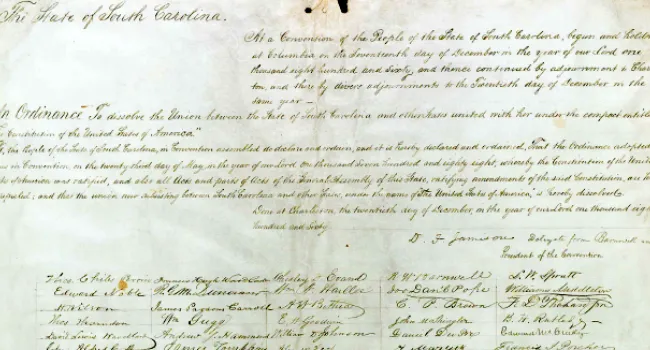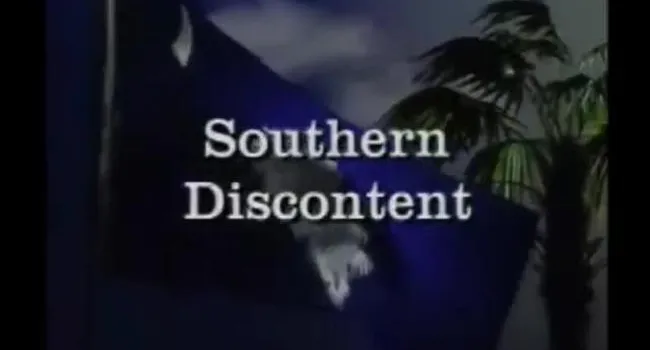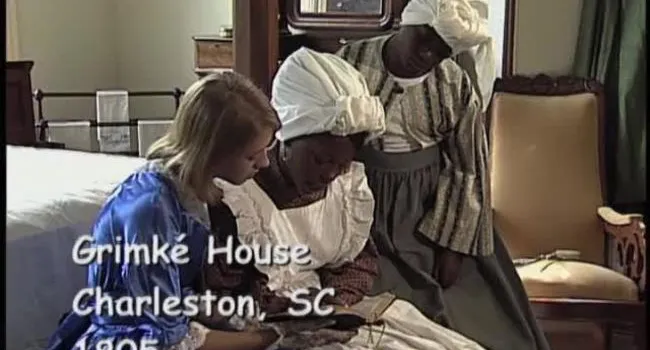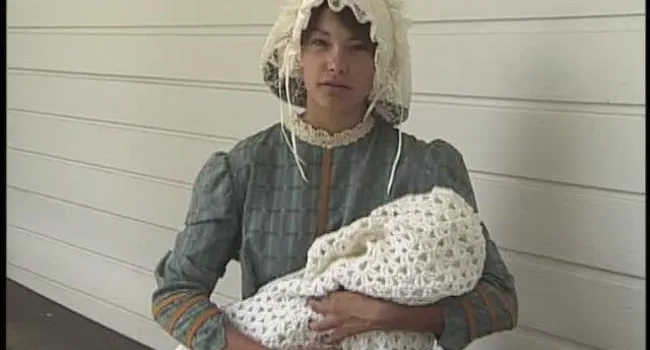
Commemorating South Carolina’s Secession
Lesson
On December 20,1860, the delegates of a special South Carolina state convention voted unanimously to secede from the Union. Secession had been brewing for more than a decade, as white South...








